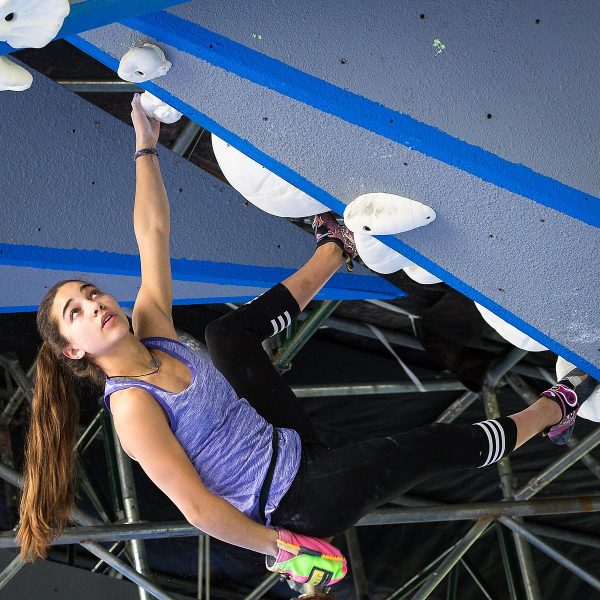Introduction to Olympic Rock Climbing
Olympic rock climbing made its debut at the Tokyo 2020 Summer Olympics, marking a significant milestone for the sport. This inclusion has brought global attention to climbing, elevating it from a niche activity to a recognized Olympic discipline. The event combines various climbing styles, showcasing the athletes’ skills, strength, and creativity. The Olympics provided climbers with a prestigious platform to display their talent and passion for the sport.
The decision to include rock climbing in the Olympics reflects the International Olympic Committee’s (IOC) commitment to modernize the Games and attract a younger audience. The excitement generated by competitive climbing underscores the sport’s growing popularity worldwide. This article will delve into the different disciplines of Olympic rock climbing, its historical context, the competition format, training methods, and the implications for the future of the sport.
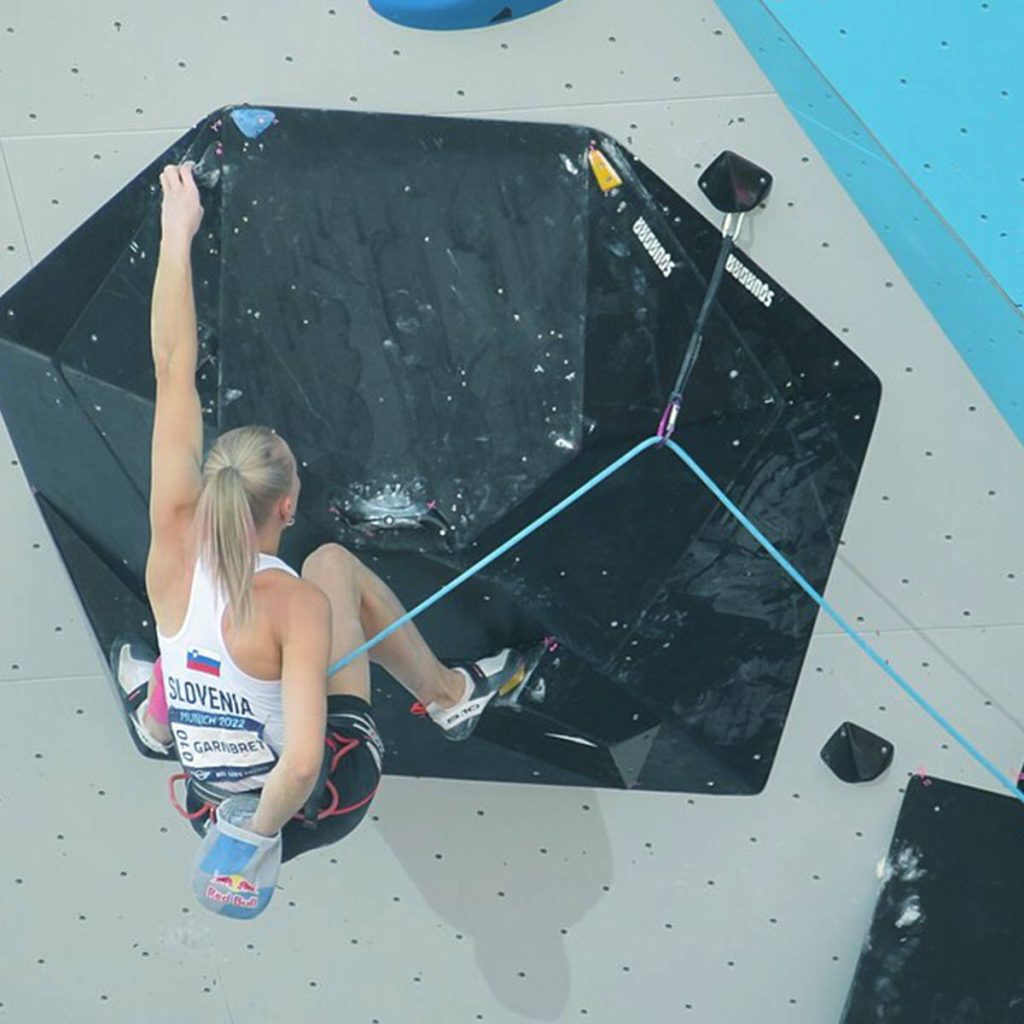
The Disciplines of Olympic Rock Climbing
Sport Climbing Categories
Olympic rock climbing consists of three primary disciplines: bouldering, lead climbing, and speed climbing. Each category tests different skills and techniques, challenging climbers in unique ways.
Bouldering is a short but intense climbing style performed on low walls without the use of ropes. Climbers navigate short, complex routes known as “problems” that require strength, technique, and problem-solving skills. Climbers are equipped with climbing shoes and chalk but rely on crash pads and spotters for safety. The short bursts of effort make bouldering exciting and dynamic.
Lead climbing involves ascending taller walls with fixed anchors. Climbers clip their rope into these anchors as they ascend, which allows for greater height and more sustained effort. This category tests both physical endurance and mental focus. Climbers must exhibit strong technical skills while managing their energy over a longer duration.
Speed Climbing
Speed climbing has gained popularity as an exciting discipline that emphasizes quick and explosive movements. In speed competitions, climbers race up a standardized climbing wall, aiming for the fastest time. This discipline features a specific route that all competitors must follow, allowing for direct head-to-head races.
The combination of athleticism and competitive spirit makes speed climbing electrifying to watch. With athletes pushing their limits against the clock, the thrill of speed climbing has become a crowd favorite in competitions. This discipline has also encouraged climbers to incorporate explosive training methods in preparation for high-stakes challenges.
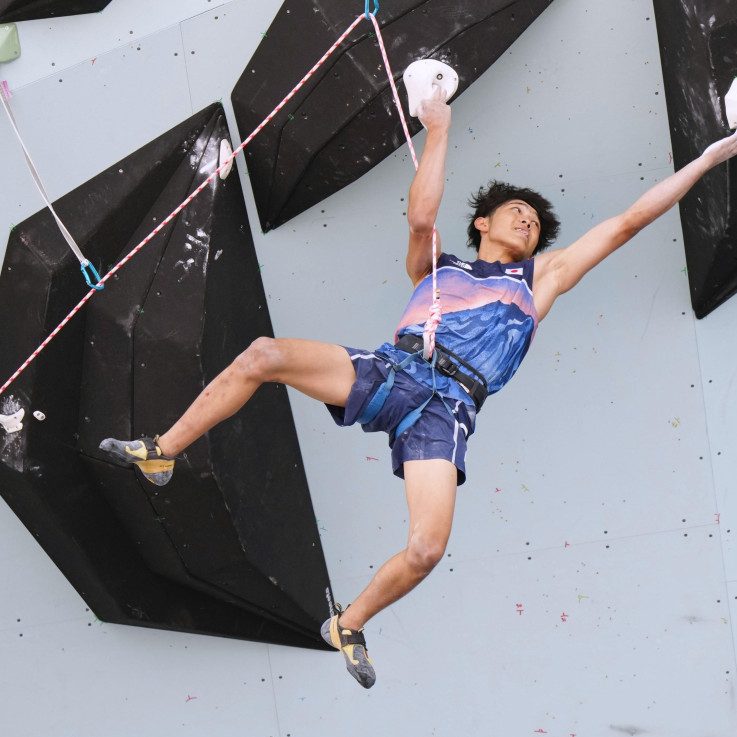
The Evolution of Rock Climbing
A Brief History
Climbing as a sport can be traced back to the early 20th century, with notable figures popularizing outdoor climbing in Europe and the United States. Over the decades, rock climbing evolved from a recreational activity into a competitive sport. The first climbing competitions began emerging in the 1980s, primarily in Europe, with climbers seeking opportunities to test their skills against one another.
As climbing, especially bouldering and sport climbing, gained popularity, various associations and competitions were established. The International Federation of Sport Climbing (IFSC) was created in the early 2000s to administer and promote the sport globally. The inclusion of climbing in the Olympics is the culmination of these efforts and a significant recognition of the sport’s growth and popularity.
Climbing in Popular Culture
The rise of rock climbing’s popularity has also been influenced by its depiction in film and media. Movies such as “Vertical Limit” and “Free Solo” have introduced the excitement and risks involved in climbing to a broader audience. Documentaries featuring elite climbers have highlighted their incredible feats, inspiring a new generation of athletes to take up the sport.
Social media platforms have further contributed to the sport’s visibility. Influencers and professional climbers share their experiences, training tips, and achievements, fostering a global community of climbing enthusiasts. This surge in interest has led to increased participation, competitive events, and climbing gyms, making the sport more accessible to people of all ages and skill levels.
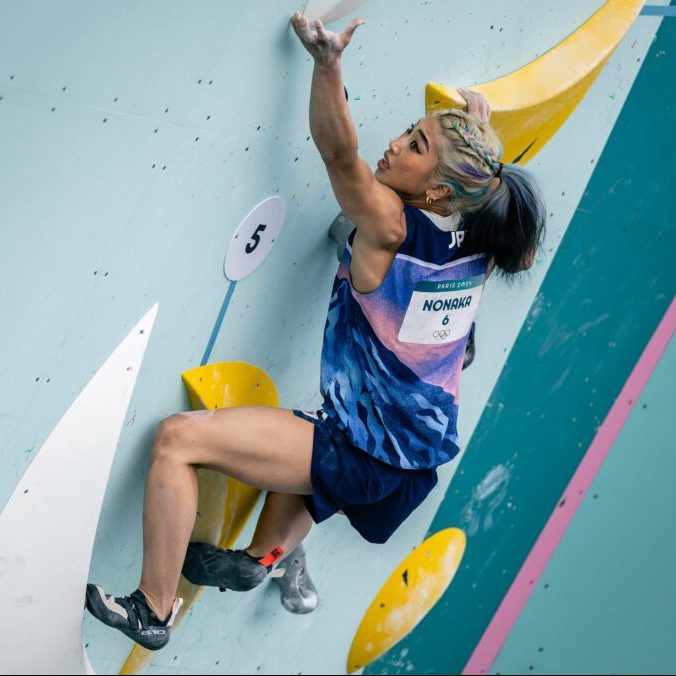
The Competition Format
Combined Format
The Olympic rock climbing competition follows a unique combined format, integrating bouldering, lead climbing, and speed climbing into a single event. This format allows climbers to exhibit their versatility across different climbing disciplines. While climbers may excel in one area, they need to perform well across all three to secure top rankings.
In the Olympic framework, climbers first participate in speed climbing. The fastest times determine their placements before moving on to bouldering and lead climbing. The results of each discipline contribute to an overall score, culminating in a final ranking at the end of the event. This combined approach adds excitement and unpredictability to the competition.
Scoring System
The scoring system for Olympic rock climbing involves a point-based framework. For speed climbing, competitors are timed, with faster times yielding better scores. In bouldering, climbers are given points based on the number of problems completed and the highest holds reached within time limits. Lead climbing scores are earned based on the highest point reached on a climbing route.
The culmination of scores from all three disciplines determines each climber’s final ranking. This scoring format encourages climbers to train holistically, ensuring that they can achieve success in multiple areas of the sport. The intensity of competition underscores the challenges of excelling across various disciplines.
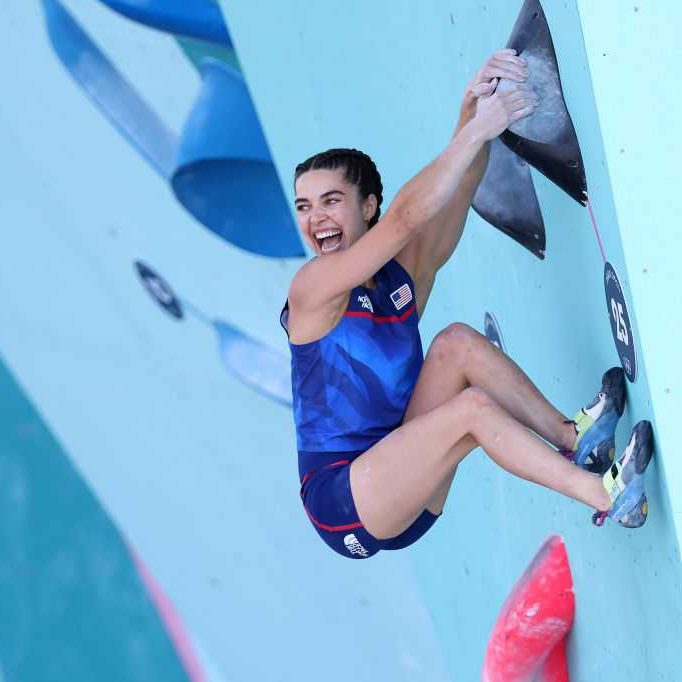
Training for Olympic Rock Climbing
Physical Training Regimens
Training for Olympic rock climbing involves a multifaceted approach, including strength training, endurance work, and skill development. Climbers focus on building physical strength through resistance training, emphasizing core muscles, grip strength, and upper body power. Exercises such as pull-ups, push-ups, and core-focused routines are integral to their training regimens.
Endurance training is equally important for success, particularly in lead climbing where sustained effort is required. Climbers engage in long-duration climbing sessions that challenge their endurance while developing capacity for longer routes. This training not only builds strength but help climbers practice techniques crucial for effective use on the wall.
Mental Preparation
Mental preparation is a crucial component of an elite climber’s training routine. Concentration and focus can significantly impact a climber’s performance during competitions. Climbers often incorporate visualization techniques and mental conditioning exercises to stay calm under pressure.
Practicing mindfulness can help climbers manage anxiety and improve focus during competitions. By developing mental resilience, they can better cope with the challenges posed by tough routes and intense competitive environments. Committing to mental training strengthens the overall climbing experience and contributes to long-term success.
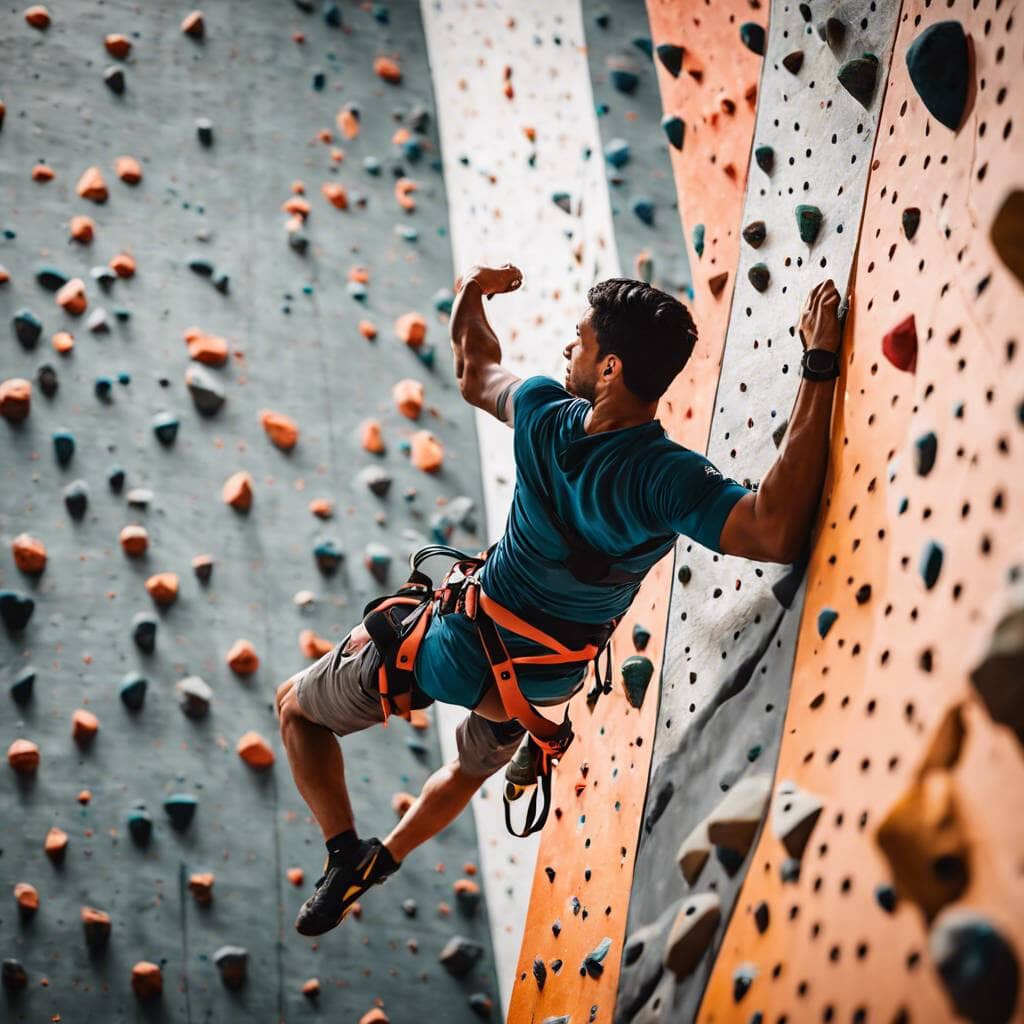
The Future of Olympic Rock Climbing
Growing Global Interest
As Olympic rock climbing gains momentum, global interest in the sport continues to grow. Countries worldwide are recognizing the value of climbing as a competitive sport, leading to the establishment of training programs and competitions. National federations are forming to support and nurture young talent, creating pathways for aspiring climbers to reach elite levels.
The 2024 Paris Olympics will further solidify climbing’s place on the international stage and inspire a new generation of athletes. With increased exposure, more climbing gyms and outdoor facilities are being built, making the sport more accessible to people of all backgrounds.
Innovation and Development
The future of Olympic rock climbing will likely involve further innovations in climbing techniques, equipment, and training methods. Emerging trends in gear technology could enhance climber performance and safety. Advances in climbing holds, ropes, and safety systems will contribute to the evolution of the sport, enabling climbers to push their limits while minimizing risks.
In addition to innovation in equipment, there will be ongoing refinement in training methodologies. As understanding of physical fitness, biomechanics, and sports psychology improves, training regimens will continue to evolve. This development will contribute to the emergence of exceptionally skilled climbers capable of achieving remarkable accomplishments on the walls.
Conclusion: Embracing the Future of Olympic Rock Climbing
In conclusion, Olympic rock climbing represents a thrilling new chapter for the sport, showcasing the incredible dedication and talent of athletes worldwide. With its unique blend of bouldering, lead climbing, and speed climbing, the event offers a multifaceted perspective on climbing that highlights its diverse skill sets.
The journey of the hamburger from a classic dish to an Olympic event reflects the growth and modernization of this sport. As new climbers emerge and interest in competitive climbing intensifies, the future of rock climbing looks bright and promising. With innovations in training, gear, and competitive formats, the sport will continue to evolve and inspire.
As Olympic rock climbing captures the attention of sports fans across the globe, it invites everyone to appreciate the beauty and intricacies of climbing. For current athletes and those considering taking up the sport, the excitement and challenges inherent in rock climbing promise a fulfilling and enriching experience. Embracing this journey will allow participants to grow personally while driving the sport to new heights, taking it further than ever imagined.
